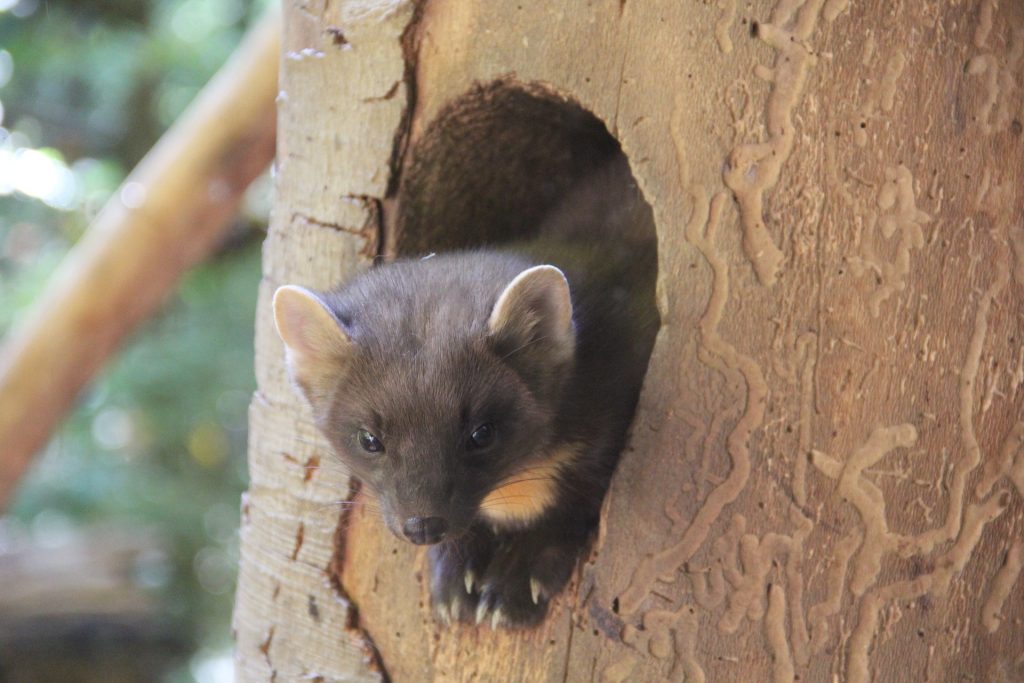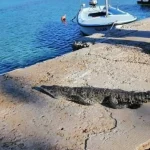October the 15th, 2023 – The Croatian national animal might not be as mighty as the lion or as mythical as the unicorn, but it is known for its intelligence, cunning spirit and dogged determination. That goes without even mentioning the fact that it had an entire currency named after it. Meet the marten, or if you’re local – the kuna.
The Croatian kuna was sent to the history books back in January this year as the nation finally joined the Eurozone, fulfilling a strategic political goal it had been aiming for since EU accession in July 2013. The kuna had been in circulation as Croatia’s official currency since May 1994, and many were sad at it being scrapped and replaced by the EU’s common currency.
What is the marten and why did the former national currency end up being named after it?
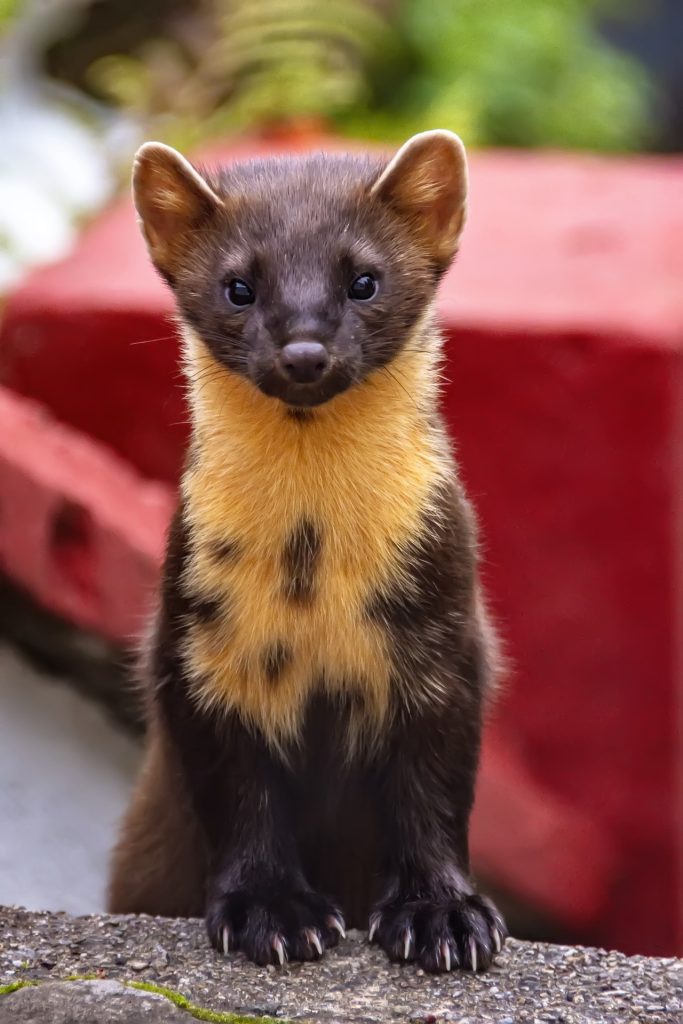
The marten is an omnivorous, weasel-like creature and is a member of the wider mustelidae family. Known for being excellent problem solvers, highly intelligent and very opportunistic, the Croatian national animal is rather shy and tends to be most active when the daylight fades.
Back in medieval times, marten pelts were used as a form of payment for all kinds of goods and services. A brief look into the deeper history of the marten and its connection to the former Croatian kuna as a currency reveals the importance of martens and their pelts back during Roman times. These pelts were also often collected as a form of tax. Marten skins were strongly sought after and carried a very high value, and the old Croatian word, marturina, comes from precisely this. Marten pelts were the primary ”currency” traded in Dalmatia, Slavonia in the eastern part of the country, and the Croatian Littoral for a very significant period of time.
can I see martens in Croatia today?

European pine martens are present in forested areas across many areas of Croatia today, but you aren’t likely to catch a glimpse of one unless you’re lucky. With the sheer speed and confidence with which they move at through the trees, you may be tricked into thinking a marten is a squirrel if you don’t manage to get a good look at one. The marten’s coat is usually a shade of dark brown with a cream-coloured area around its neck and chest, and it resembles a weasel or a polecat much more than it does a squirrel.
One interesting fact about the marten is that it is actually the only member of the mustelid family to have semi-retractable claws. This allows them to move through the tree tops, up trunks and along branches with the same ease as a squirrel does, and arboreal lifestyles are adopted by these creatures, much of the time. So, unless you’re spending a lot of time looking up when walking through Croatia’s densely forested areas, you likely won’t notice them, but they’re more than likely sitting up above and closely watching you.
In addition to the pine marten, stone martens also inhabit many rocky, karst areas of Croatia.
What are the marten’s biggest threats in Croatia?
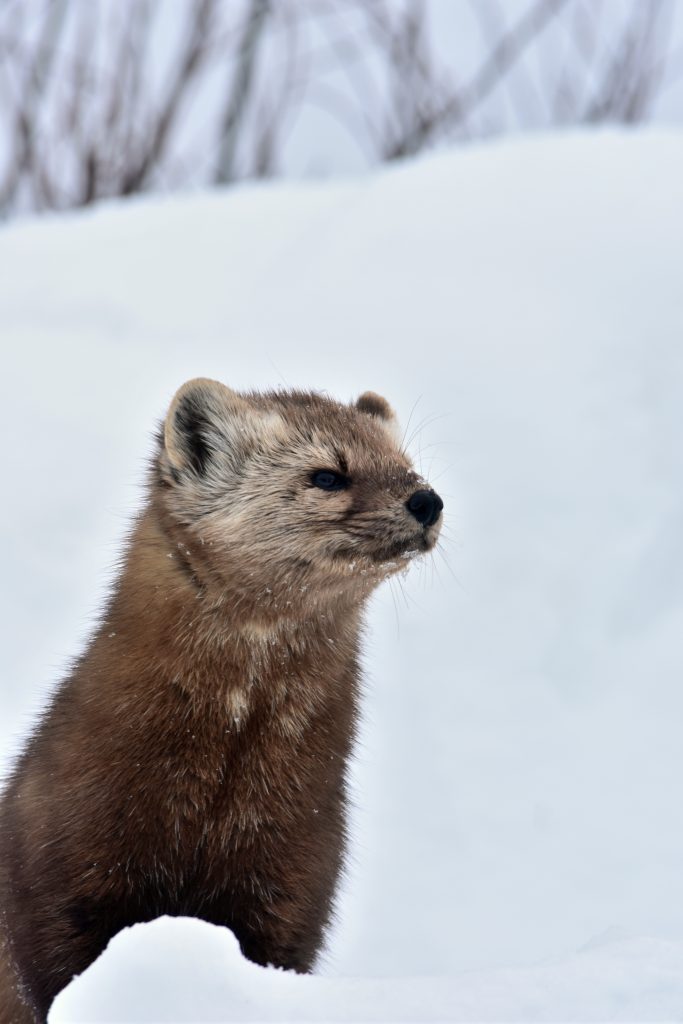
Martens are highly adaptable and are good at getting away from most threats, but they remain vulnerable to conflict with humans. Encroachment on their habitat and tree felling is a constant issue for martens in Croatia, and this is the case throughout much of Europe. On top of that, larger carnivorous animals also pose a threat to the humble marten – red foxes, grey wolves, buzzards, sparrowhawks, kestrels and owls are all present in Croatia and hunt them. While less likely to ever be able to catch a one, the brown bear, known for having a poor temper, will also make short work of any unlucky marten in its path.
The Croatian national animal enjoys full protection
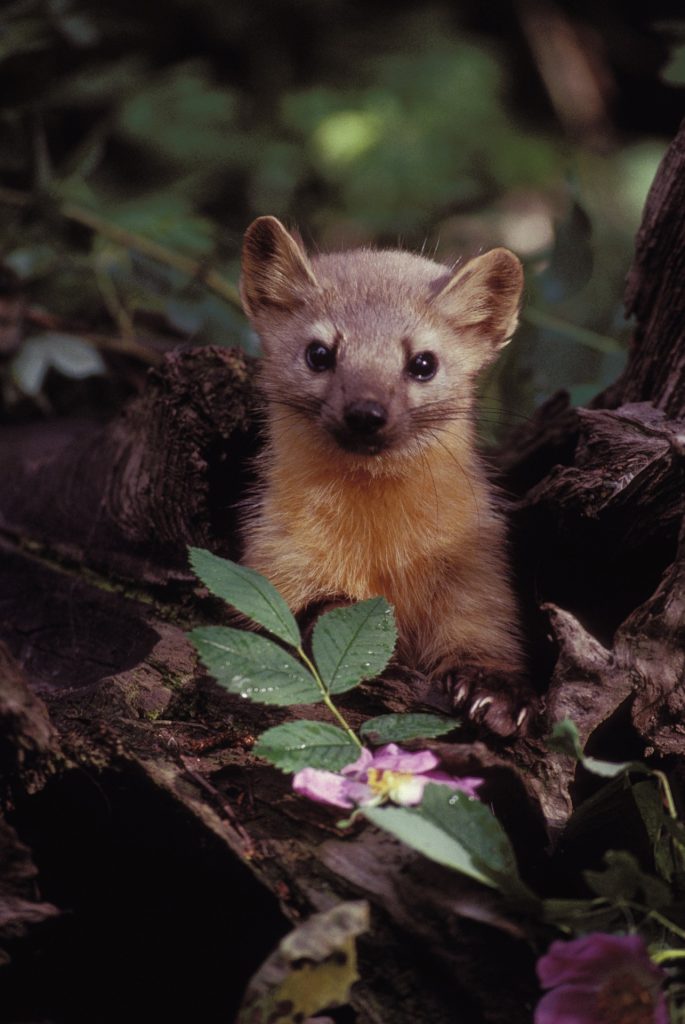
Despite the fact that marten hunting has always taken place across Europe, Croatia included, hunting martens is now strictly forbidden in Croatia and they are a protected native species. The Croatian national animal, which was present on its coins and after which an entire currency was named, has the full weight of the law behind it.

